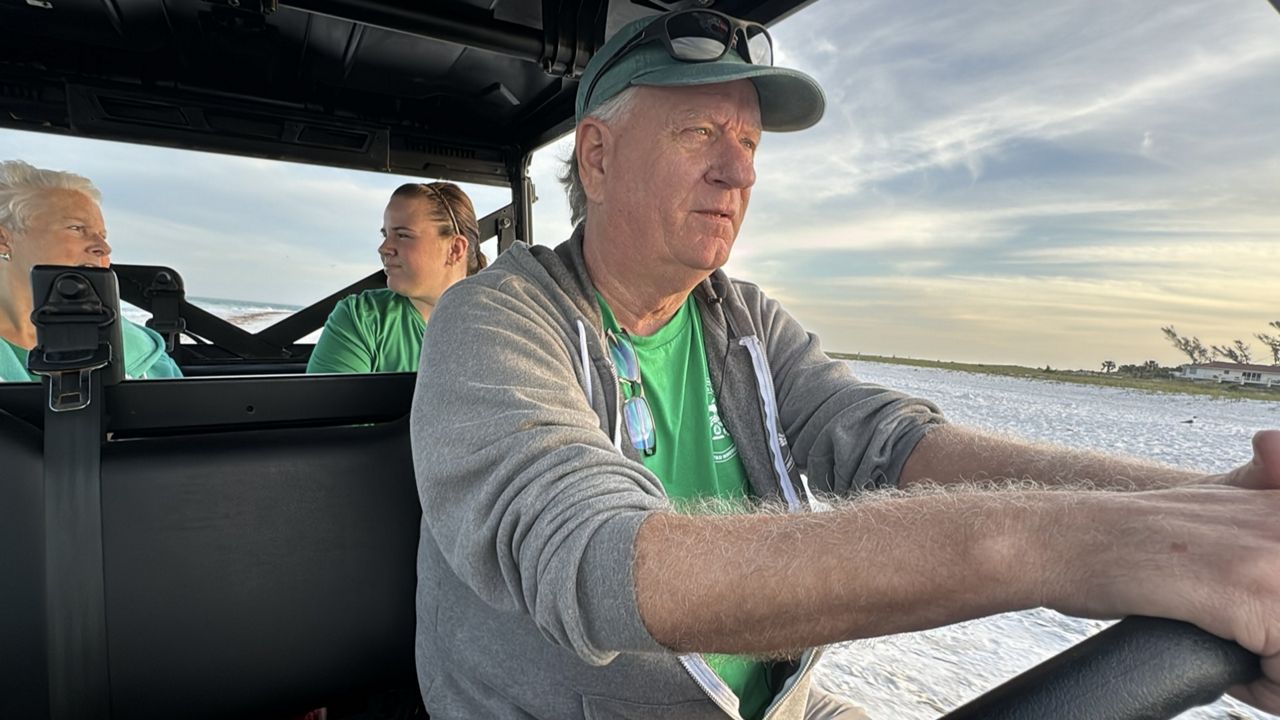Issues such as citrus greening and canker have been a problem that Florida citrus farmers have been facing for years. These diseases affect the look and taste of fruit, and now the state — which is known especially for its oranges — is struggling to keep them alive.
One Florida farmer shows what made this year so much worse.
What You Need To Know
- Citrus greening and canker have been affecting Florida oranges for years, but this year, farmers are struggling to keep them alive
- Farmer Deen Mixon has been fighting to keep his produce alive
- A report earlier this year from the U.S. Department of Agriculture predicts that Florida citrus growers will only produce 44½ million boxes of oranges in 2022, well short of the annual production at its peak, which was nearly 250 million boxes
For farmer Deen Mixon, you could say citrus is in his blood. His family has grown oranges, mangoes, as well as tangelos. But over the years, citrus greening and canker have been killing his trees.
“It’s hard to take. This row isn’t that bad, but in the back, we lost 80-percent of our crop to droppage," Mixon said.
Because of the costly losses, he's had to sell a massive portion of his farm. It has been a constant fight to save these trees with experimental treatments, and since these treatments take time, Mixon's had to find other ways of income, like making wedding venues and planting bamboo.
Last week, the U.S. Department of Agriculture dropped its Florida orange forecast by more than seven percent, making this the lowest potential yield since before World War II.
A big portion of it was because of the diseases, but what also played a factor in it was weather. Cold snaps around Florida caused citrus to slow down even further.
"They got knocked down pretty good because of the frost," Mixon said.
For now, Mixon continues to hold on to hope.
A report earlier this year from the U.S. Department of Agriculture predicts that Florida citrus growers will only produce 44½ million boxes of oranges in 2022, well short of the annual production at its peak, which was nearly 250 million boxes.









